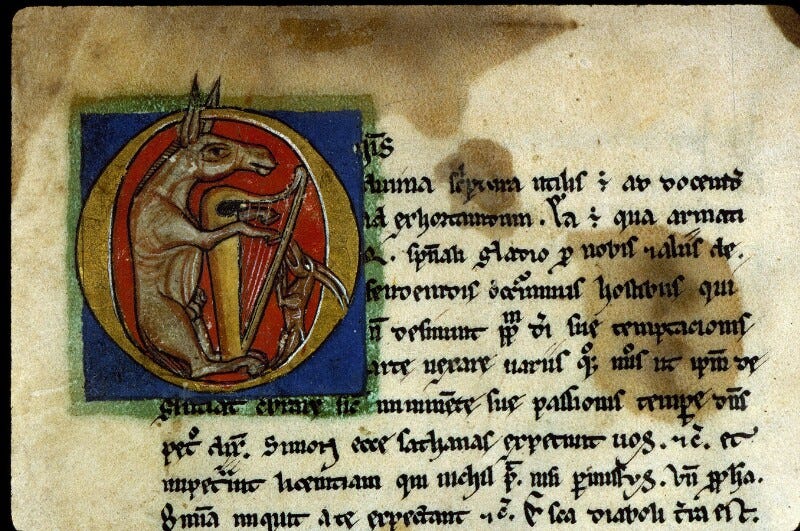To inhabit a letter

What was the snuggest spot to inhabit on the medieval manuscript page? It couldn't have been on the text, that was always shifting, the handwriting was not always steady, the spelling not always the same, the words not always in the right place. Scribes were tired and the light was generally bad in the medieval indoors (unless you chose to write in the …
Keep reading with a 7-day free trial
Subscribe to Biblonia to keep reading this post and get 7 days of free access to the full post archives.

